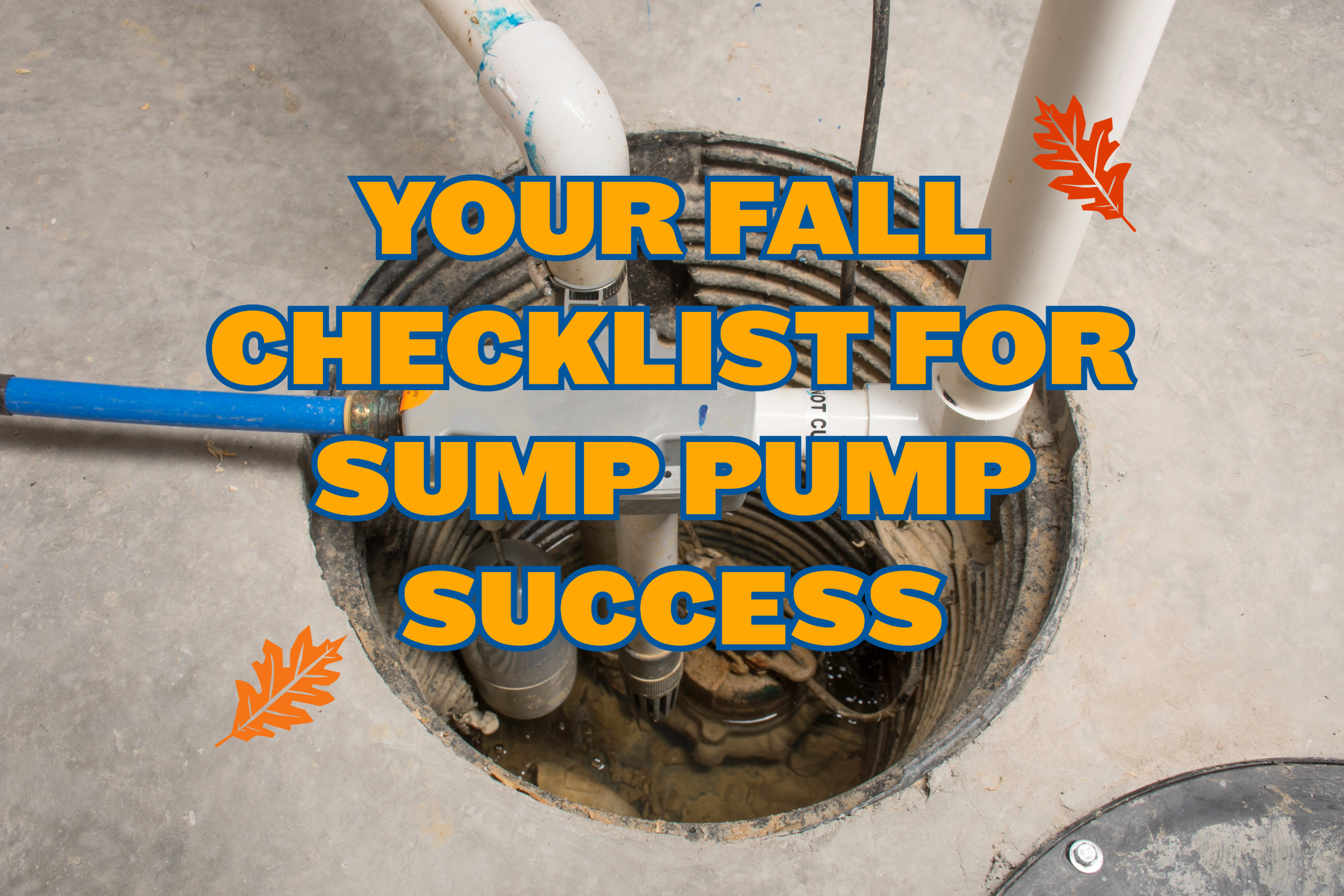Sump pumps serve as essential year-round plumbing components, but their role becomes particularly pivotal during the autumn and winter seasons, especially in regions characterized by chilly temperatures and snowfall. This means for residents of Ohio, the maintenance of sump pumps is critical. For this reason, we are committed to aiding you in preserving optimal sump pump performance during the impending colder months. So, without further ado, here’s your fall checklist for your sump pump to succeed this season, provided by yours truly, New Albany Plumbing & Drain.
Your Fall Sump Pump Checklist:
Step 1: Take off the lid of the sump pump pit. You can start this first step by cautiously lifting the cover from the sump pump pit or basin. Upon exposing the interior, take a careful look at the inside of the pump. Should you spot any debris, particles, or rocks, it is imperative to remove them gently. These foreign objects harbor the potential to impede the sump pump’s operation, potentially leading to overflow issues—an outcome that we do not recommend.
Step 2: Next, think about the drain hose. You’ll want to confirm it maintains a secure connection and remains free from obstructions or ice buildup (particularly in the winter months). A blocked or frozen drain hose not only induces continuous sump pump operation but also blocks the proper discharge of accumulated water from the pit. Hence, it is advisable to inspect the drain hose periodically throughout the year.
Step 3: Now, let’s direct our attention to the inlet screen. The inlet screen occupies a pivotal position on our checklist because it facilitates the intake of water into the sump pump’s pit. Consequently, a clogged inlet screen can deter water access, which can lead to flooding and other plumbing catastrophes. So, regularly checking out the inlet screen is a good idea, and it will help to decrease the risk of basement flooding.
Step 4: Don’t skip over examining the float mechanism too! Another thing that you want to make sure is that the float mechanism is still working properly and is in good condition. This vital component determines when the pump activates to expel excess water. Therefore, verifying the float mechanism is still in working order is just as vital as the rest of the steps on this list. A malfunctioning float can result in the pump’s failure to respond when required or trigger continuous operation, potentially inflicting damage on the pump’s engine over time.
Step 5: Do a trial run. You can test out your sump pump by pouring a bucket of water directly into the sump pit. After you have done so, closely monitor its performance to see how it responds and if it effectively eliminates the excess water. In the event of pump failure, try to check the connection to the power source and confirm the power cord has no signs of damage or malfunction.
Step 6: Confirm the placement of the discharge pipe. The discharge pipe is what discharges the extra water away from your residence. So, it’s also important to verify that the excess water is still being discharged properly. Inappropriate placement of the discharge point may cause water to seep back into the pump, which can cause issues sooner or even later on down the road. This is because excessive usage accelerates wear and tear, potentially diminishing the sump pump’s lifespan.
However, it is important to remember the discharge pipe should not positioned too close to neighboring homes, structures, or other buildings, while also simultaneously ensuring it remains within your property boundaries. Discharging surplus water onto your neighbor’s property is strongly discouraged. So, be sure to maintain proper drainage within your own property lines.
Step 7: Have an emergency plan in place. Unforeseen circumstances sometimes take place. Things like severe storms or even power outages occur on occasion. It happens, and although there is no way to avoid it completely, having a backup battery or generator is a great thing to have on hand in case it happens. By proactively implementing a contingency plan before anything happens, you can have peace of mind knowing all preventive measures will be instituted should power disruptions or an unexpected situation take place.
These practices will help maintain your sump pump system and deliver essential protection against potential water damage and other plumbing issues during the cold season.
If you encounter any issues with your sump pump, do not delay; call New Albany Plumbing & Drain today at (614) 245-3319, or schedule an appointment online now by clicking here!




